When delving into the world of semi-trucks, one can’t ignore the significance of height. Not only does height play a pivotal role in the design and functionality of these colossal vehicles, but it also considerably affects their operational capabilities, road regulations, and compatibility with specific transport loads. This article aims to provide a thorough understanding of semi truck height, covering essential details, comparisons, and practical implications.
What is the Typical Height of a Semi Truck?
The height of a semi truck can vary significantly based on its design, purpose, and modifications. Generally, a standard semi truck, including its trailer, typically reaches a height of about 13.5 to 14.5 feet (approximately 4.1 to 4.4 meters).
Standard vs. Customized Heights
| Type | Height Range |
|---|---|
| Standard Semi Truck | 13.5 – 14.5 feet (4.1 – 4.4 m) |
| Customized Designs | Up to 15 feet (4.6 m) or more |
Customized semi trucks can exceed this norm, especially if they have been tailored for specific freight needs, such as transporting tall cargo. This can push heights to about 15 feet (approximately 4.6 meters) or even higher in niche applications.
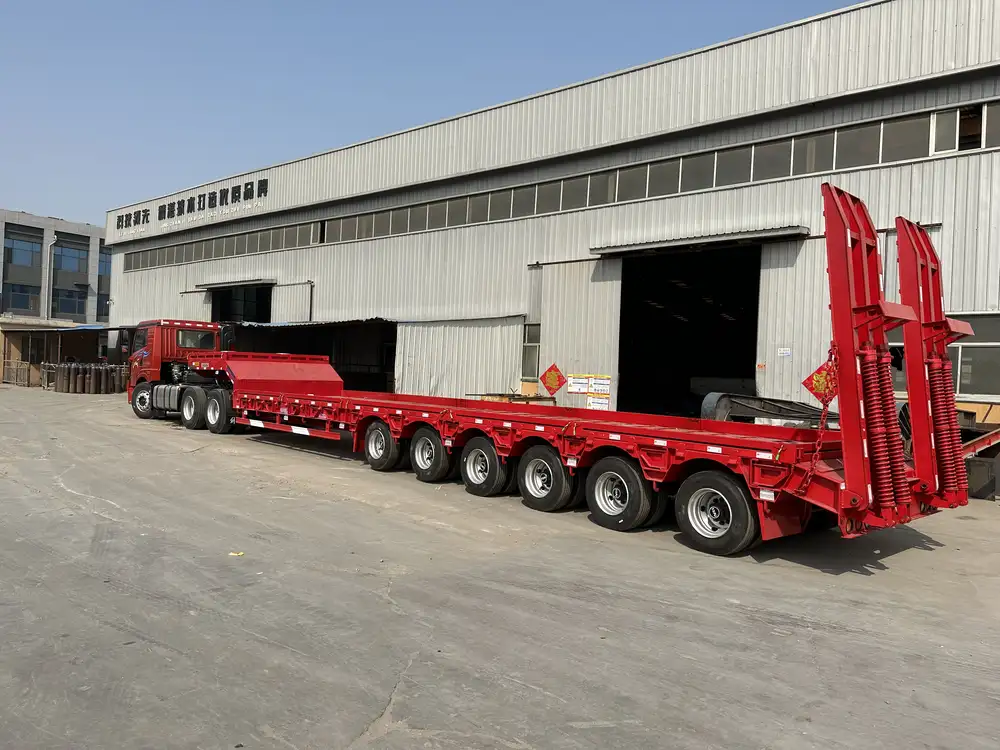
Factors Influencing Semi Truck Height
Several elements contribute to the overall height of a semi truck, and understanding them can help you appreciate the intricacies involved:
1. Type of Cab Design
The truck’s cab type influences its height. For instance:
- Conventional Cabs: Typically taller due to the engine placement ahead of the driver and additional space for the front axle. This design often leads to a greater overall height, usually around 14-15 feet.
- Cab-over Engine (COE) Cabs: These provide lower heights, usually under 13.5 feet, because the engine is situated above the front axle, allowing for a more compact design.
2. Trailer Specifications
The trailer height also plays a crucial role. Standard trailers are usually around 13.5 feet, but specialized trailers, such as those for refrigeration, may have additional height, making them nearly 14.5 feet.
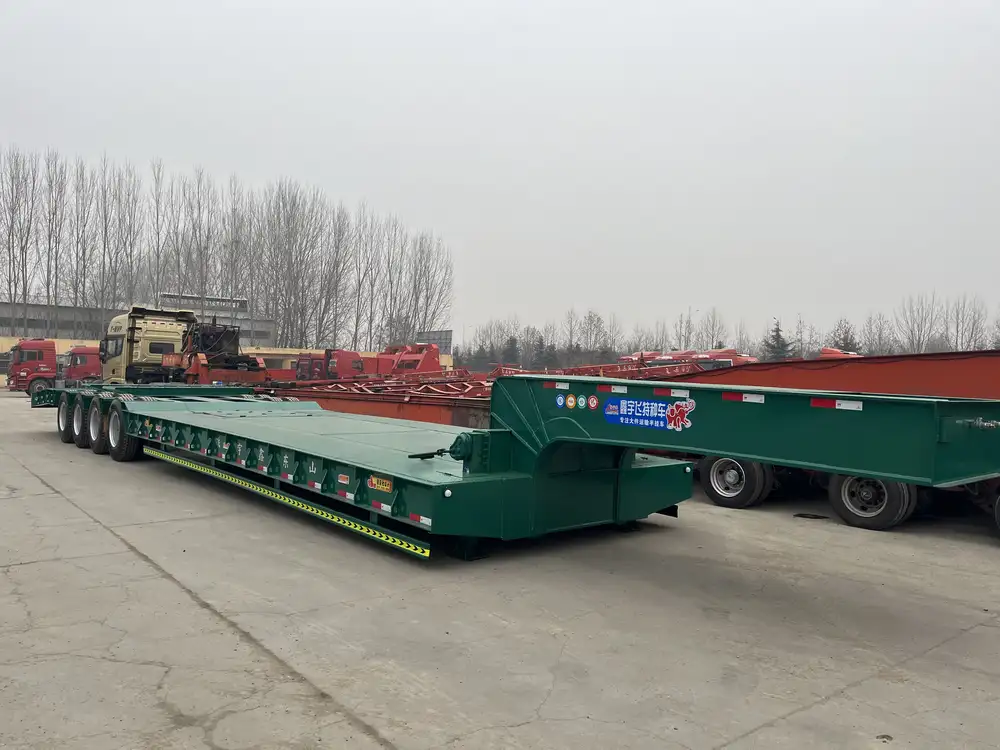
3. Load and Configuration
If transporting oversized cargo that requires a custom build or if modifications have been made for specific industries, the height might vary considerably.
- Flatbeds typically keep a lower profile than gooseneck trailers, which may utilize height to optimize load capacity.
4. Regulations and Compliance
Most highways enforce specific height restrictions—typically between 13.5 and 14 feet. Operating beyond these limits can incur hefty fines and operational delays.
Importance of Understanding Height Regulations
Familiarizing yourself with regulations ensures compliance in various jurisdictions:
Federal Highway Regulations: Govern maximum heights for interstate travel, ensuring trucks do not exceed 13.6 feet without permits on federal highways.
State-Specific Regulations: States like California may have stricter rules, requiring additional permits for trucks exceeding standard limits.
Local Municipality Rules: Some city routes may have even lower clearances due to bridges, overpasses, and signs.

Table: Common Height Regulations by State
| State | Max Height Without Permit |
|---|---|
| California | 13.6 feet (4.1 m) |
| Texas | 14 feet (4.3 m) |
| New York | 13.6 feet (4.1 m) |
| Florida | 13.5 feet (4.1 m) |
The Role of Height in Operational Efficiency
Understanding and optimizing the height of a semi truck can lead to significant benefits:
1. Fuel Efficiency
Taller trucks often have higher wind resistance, which can lead to increased fuel consumption. Finding the optimal height allows manufacturers to improve fuel efficiency, leading to cost savings.
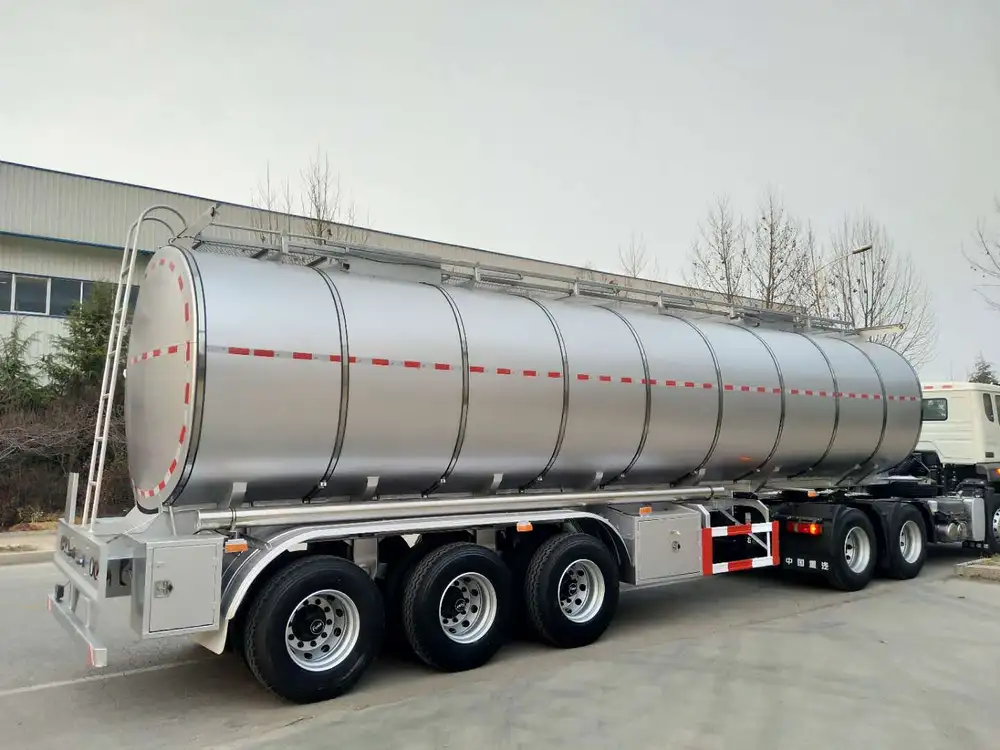
2. Load Capacity
The ability to transport taller loads translates directly to increased revenue potential. By analyzing height restrictions, operators can strategically choose loads that maximize payload without exceeding regulations.
3. Road Safety
Height plays an essential role in overall safety. Trucks that are too tall may encounter overpasses and structures that they cannot clear, leading to accidents and road closures. Proper calibration prevents these hazards.
How to Measure the Height of a Semi Truck
Accurate measurements are essential for compliance and operational assessment. Here’s a structured approach to measuring a semi truck’s height:
Prepare the Vehicle: Ensure the truck is parked on a level surface.
Use a Measuring Tool: Employ a tape measure or a measuring stick, ensuring it’s long enough to encompass the height from the ground to the highest point of the vehicle (like the top of the cab or any cargo).
Document the Measurements: Record results accurately and consider variations if additional loads or equipment are involved.
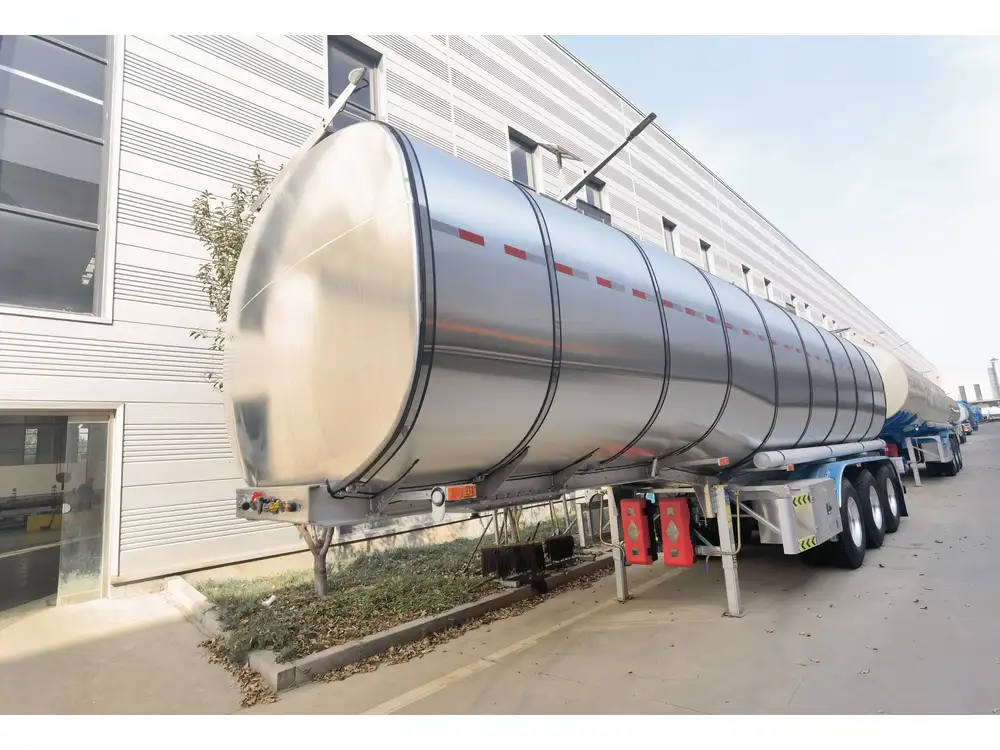
Considerations when Measuring
- Use of Extensions: Sometimes, additional equipment (like refrigeration units) may increase height; account for these in your measurements.
- Regular Checks: Frequent assessments ensure adherence to regulations and optimal loading patterns.
Common Questions About Semi Truck Height
What is the tallest semi truck allowed on the road?
Most interstate regulations cap trucks at 13.6 feet. However, intensive cargo may push this standard. Specific states allow heights up to 14.5 feet with proper permits.
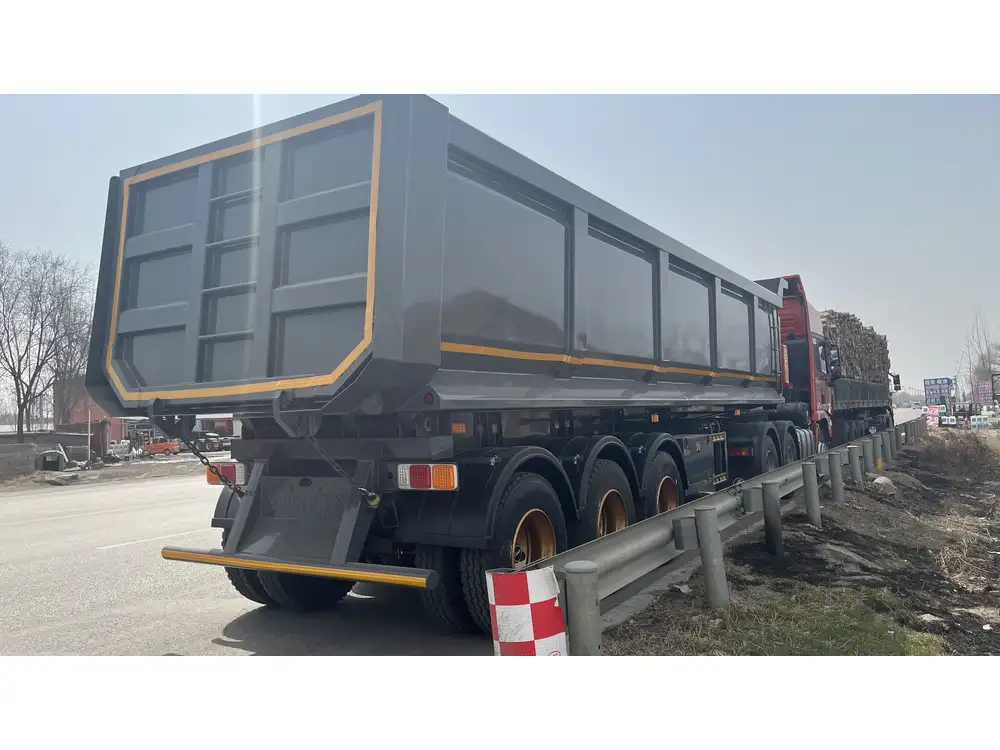
Can semi trucks pass under low bridges or overpasses?
It is crucial for truck operators to plan routes with awareness of clearances. Strategies to avoid low bridges include utilizing GPS systems with height clearance functionalities.
How does height impact maintenance and repairs?
Height can influence the maintenance process, from changing tires to accessing parts on the truck’s upper sections. Standardized heights facilitate more straightforward access points for maintenance personnel.
Conclusion: The Significance of Understanding Semi Truck Height
The height of a semi truck is more than just a specification; it intertwines with numerous aspects of trucking operations—from compliance with the law to economic efficiency in hauling freight. By recognizing the standards, regulations, and impacts of truck height, manufacturers and operators can make informed decisions that enhance their performance.

To Consider
Investing in semitrailers and understanding their operational dynamics can set a new standard in freight transport. We at [Your Company Name] strive to manufacture semi-trailers that cater to height regulations while ensuring maximum efficiency. For additional questions regarding semi truck height or for personalized solutions, contact us today!
Make informed decisions, elevate your operational efficiency, and ensure you are well within height limits to navigate the expansive world of freight and logistics with ease.



